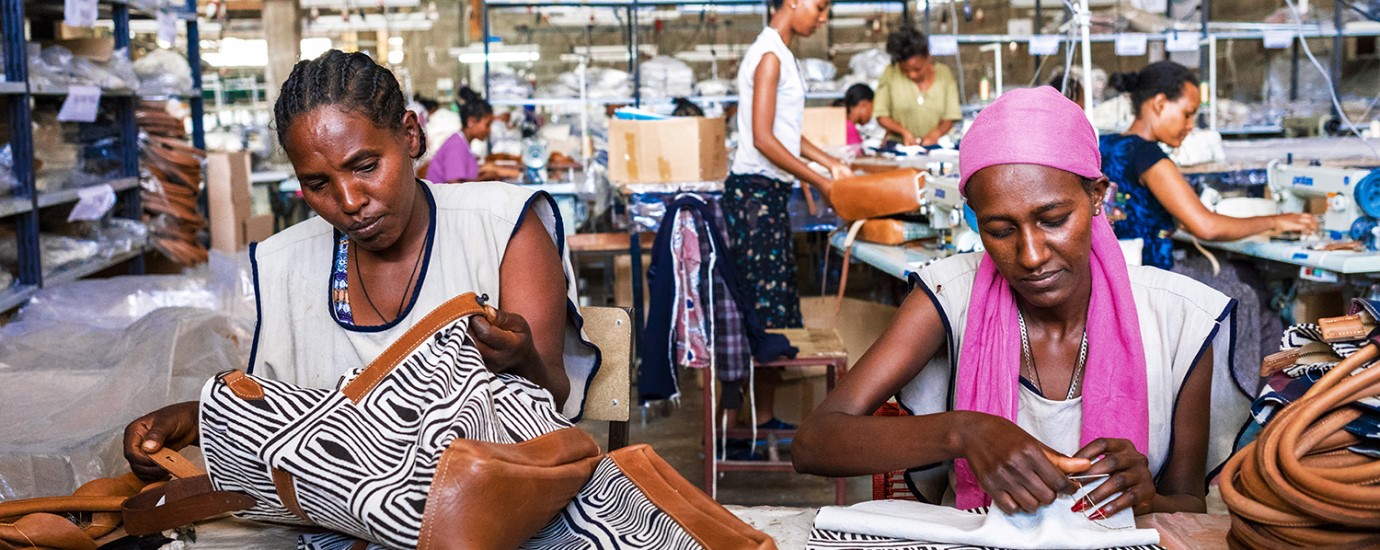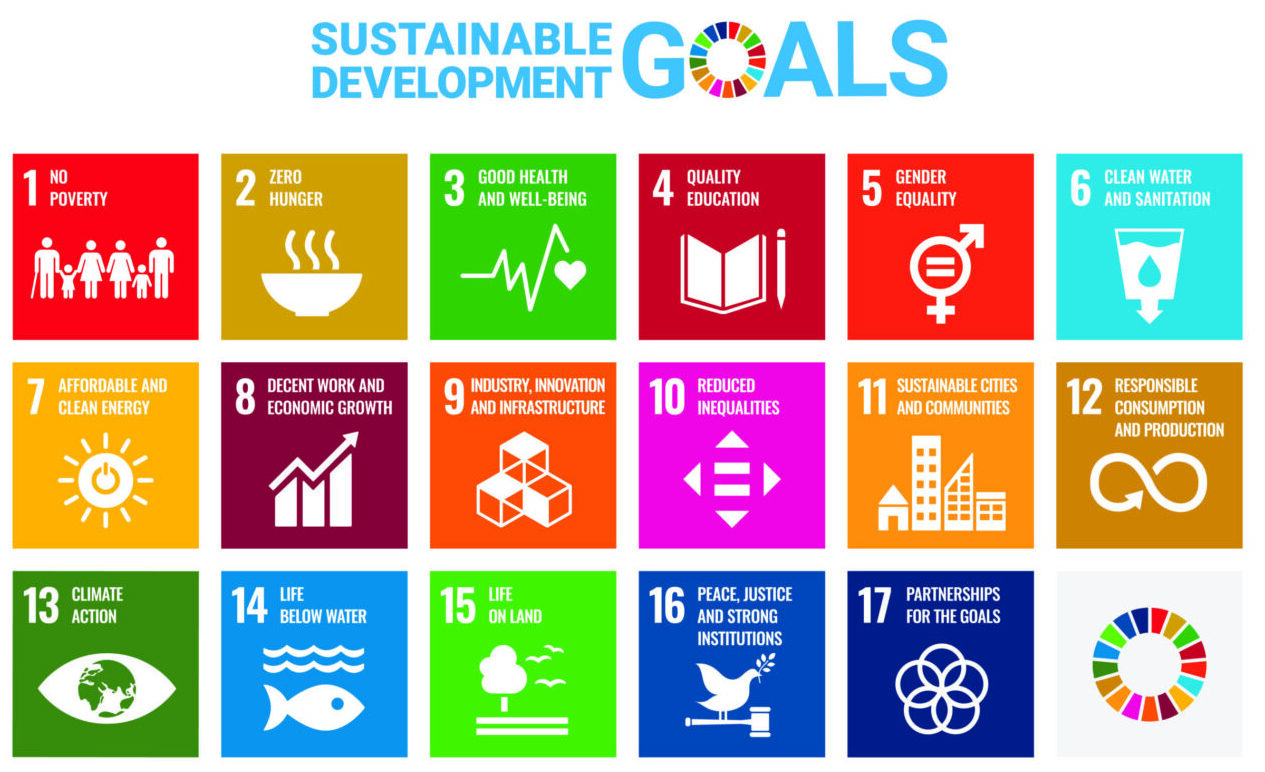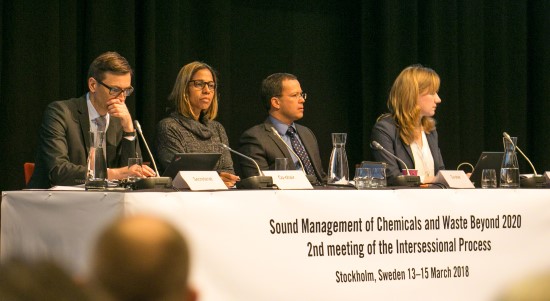Sustainable Chemistry as an approach to sustainable development and the UN SDGs
Putting on the “Sustainable Chemistry” lenses can be supportive within the transformation as it addresses the need for innovative thinking, finding solutions for sound management of chemicals, safer alternatives, promotion of circular economy, more efficient recycling technologies or resource efficiency.



